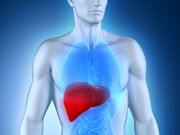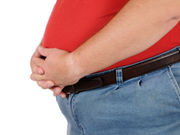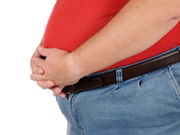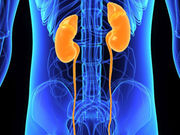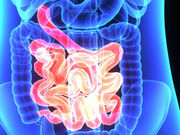Tag: Fat, Body
Increased Adiposity Measures Affect MI Risk More in Women
Increases in waist circumference, waist-to-hip ratio tied to greater excess risk of MI in women than men
Body Fat Linked to Breast Cancer Risk in Normal-BMI Women
High whole-body, trunk fat mass tied to higher risk of ER-positive breast cancer in postmenopausal women
Hepatic Fat Accumulation May Have Causal Role in Liver Disease
Impact of genetic variants on liver damage proportional to effect on hepatic fat accumulation
Fat Distribution May Influence Bone Strength in Adolescence
Inverse links for visceral adiposity, bone strength in girls and central adiposity, bone strength in boys
UV Exposure May Contribute to Impaired Fat Homeostasis
UV exposure induces specific adipochemokines in SC fat, including C-X-C chemokines, C-C chemokines
Cryolipolysis With Colder Temp, Shorter Time Safe, Effective
Findings among the use of CoolSculpting for submental fat reduction
Visceral/Subcutaneous Fat Ratio Predicts CVD in T2DM
Ratio of visceral to subcutaneous fat significantly linked to incident, recurrent cardiovascular disease
Location of Body Fat Can Indicate Obesity-Related Cancer Risk
Where fat is carried is as strong a predictor as BMI, researchers suggest
Anthropometric Measures of Body Fat ID Kidney Function Decline
Anthropometric measures provide consistent estimates of KF decline risk in older adults
Visceral Fat Differentiates Crohn’s From Intestinal Tuberculosis
High sensitivity, specificity for differentiation with cut-off of 0.63 for visceral fat/subcutaneous fat ratio




